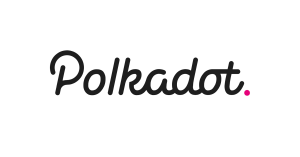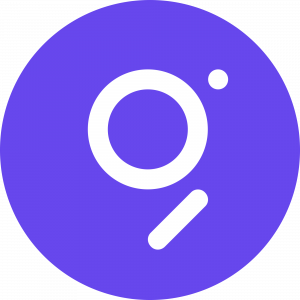
Polkadot is a next-generation Blockchain protocol that unites a network of purpose-built Blockchains. Polkadot allows these Blockchains to operate seamlessly together, exchanging data as well as value.
History
On January 11th 2016, Gavin Wood left the Ethereum community and turned his attention towards a new venture. According to Wood, he came up with the idea for Polkadot in the Summer of 2016. At this time, Ethereum 2.0 sharding specs had not yet solidified, so implementation could not occur.
Prompted by developer Marek Kotewicz, Wood began attempts to design a simple sharded version of Ethereum. By October 2016, Wood had written the first draft of the Polkadot whitepaper.
Wood and Parity’s Peter Czaban co-founded the non-profit Web3 Foundation in the Summer of 2017. One of Web3 Foundation’s functions included managing the funds raised in the Polkadot token sale held in October of 2017.
Polkadot launched its testnet in January 2019, and the initial version of Polkadot officially launched in May 2020.
Polkadot aims to be a true multi-chain application environment where functions like cross-chain registries and computation are possible.
Polkadot can transfer this data across public, open, permissionless Blockchains as well as private, permissioned Blockchains.
This makes it possible to build applications that receive permissioned data from a private Blockchain and employs it on a public Blockchain.
Founders
- Gavin Wood (Co-founder of Ethereum)
- Peter Czaban (Co-founder)
- Robert Habermeier (Co-founder)
You can find out more about the founders on their about page.
Funding
Polkadot held two token sales and raised approximately $200 million in the process. The Web3 Foundation oversaw the token sale. The Web3 Foundation is a Swiss non-profit Foundation that seeks to facilitate a fully functional and user-friendly decentralized web. The Web3 Foundation received 30% of the funds from the token offerings in order to fund the development of the project.
Technology
Polkadot operates two types of Blockchains, namely the main network known as the relay chain and user-created networks known as parachains. They feed into the relay chain, which is the main Polkadot Blockchain. This means that parachain transactions benefit from the security of the main chain.
The Relay Chain
The Relay Chain network handles the finalization of transactions and deliberately possesses minimal functionality. Smart contracts receive no support on the Relay Chain. Its main responsibility is to coordinate the system as a whole, including parachains.
Parachains
Parachains are custom Blockchains that use the Relay Chain’s computing resources to confirm the accuracy of transactions. Polkadot places no constraints over what parachains are able to achieve. However, they must be able to generate a proof that validators assigned to the parachain can actually validate. Sovereign Blockchains may have their own native cryptoassets and optimize their functionality for specific use-cases.
Bridges
Bridges allow the Polkadot Network to interact with other Blockchains (for example, the Bitcoin and Ethereum Networks).
Consensus Roles
The Polkadot Relay Chain uses a variation of Proof-of-Stake (PoS) consensus called Nominated-Proof-of-Stake (NPoS). This allows anyone who holds DOT to carry out one or more of the consensus roles. DOT is the native token of Polkadot.
- Validators. They secure the Relay Chain by staking DOTs, validating proofs from collators and participating in consensus with other Validators
- Nominators. They secure the Relay Chain by selecting trustworthy Validators and staking DOT
- Collators. They maintain shards by collecting shard transactions from users and produce proofs for Validators
- Fishermen. They monitor the Polkadot Network and report bad behavior to Validators. Collators (and any parachain full node) can perform the role of fishermen.
Token
The DOT cryptoasset has three distinct purposes. This includes governance over the network, staking and bonding:
- Governance. Anyone who purchases DOT coins can use their DOTs to propose changes to the network and approve or reject major changes proposed by others.
- Staking. Game theory incentivizes token holders to behave honestly. Good actors receive rewards whilst bad actors will lose their stake in the network. This ensures the network remains secure at all times.
- Bonding. The addition of new parachains takes place by bonding tokens. Conversely, the removal of outdated or obsolete parachains occurs by withdrawing bonded tokens.
Conclusion
According to the Polkadot website, the Polkadot runtime environment’s coding is in Rust, C++, and Go with the hope that it will make Polkadot accessible to a wider range of developers. The types of projects using Polkadot include a cloud platform, a browser extension wallet and different types of block explorers.





